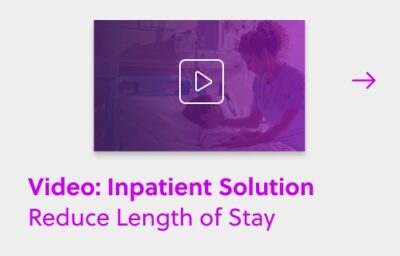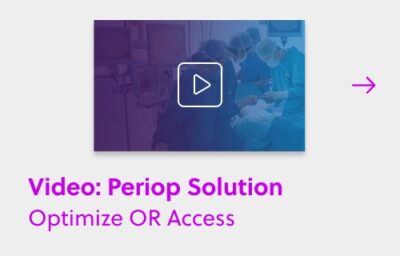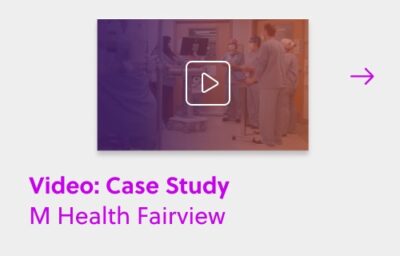As I look ahead into the future of healthcare, I can’t help but draw comparisons to another huge industry undergoing a fundamental transformation — cars.
Since the first Model T hit the roads in 1908, cars have been a complex piece of static hardware. Want a car that goes fast? Buy a Porsche or a Ferrari. Want a car that seats 7, buy a minivan. Want a car that is economical? Buy a Prius. Every year a new model year comes out and if you wished your car was different, you would have to change the hardware. That’s not too different than our hospitals of today and the software that powers them.
Contrast that to the experience of a Tesla owners this year. Tesla owners, with a click of an “update” button, gained access to many new features including an “Auto Pilot!” mode. And with every upgrade, their cars get a little faster, safer and even taller. Same hardware, better car.
This is what I am excited for healthcare in 2017 and beyond. Same physical infrastructure, better care.
From Hospital 1.0 to Hospital 3.0
Most people overestimate what they can do in one year and underestimate what they can do in ten years.”Bill Gates
Hospital 1.0 is my working definition of the hospital before the EMR. It depended on paper records and people dedicated to pouring over paper records to find any possible nuggets of useful insights that might improve operations or patient and staff experiences.
That changed in 2009 when the U.S. government passed the Health Information Technology for Economic and Clinical Health Act (HITECH), allocating ~$35 billion to incentivize hospitals and healthcare providers to adopt electronic health records. And with a stroke of a pen from the President, words like EPIC, Cerner and “meaningful use” were never the same. As EMR adoption exponentially increased, we entered this new generation of hospitals: Hospital 2.0.
Although Hospital 2.0 migrated away from paper, for the large part both people and process didn’t experience meaningful change. We just migrated from the analog world to a digital one. For many providers who spend many hours of their day depositing data into the EMR and for the patients who spend hours staring at the wall while their doctor stares at a computer, their experience actually got worse. Again, not too different from our cars. We did have a wave of software run the car but buying that meant a constantly out of date navigation system and interface.
Welcome Hospital 3.0.
What does Hospital 3.0 look like? Technology has advanced to start using the millions of data points in the hospital to help the staff and patients. Through machine learning and artificial intelligence hospitals team members can now receive actionable insights from all of that data in the moment that matters most.
For example, earlier this year, the Chief Nursing Officer of El Camino Hospital, a 400 bed community hospital talked about how they had a major and urgent area of focus: preventing falls. Traditional falls prevention methodology was reactive in nature and most fall assessments lacked patient context in real time. Providers like El Camino use a combination of increasing bedside alerts and staffing to reduce falls, often an approach that yields minimal success. In a week we were able to push a new “decision recipe” that used machine learning to evaluate data inputs from multiple sources (for example, call button and bed movement data) in real time. Then it could nudge nurses with data about which patients were at risk for an imminent fall. The result: within 6 months of the inception of the fall prevention program, El Camino Hospital experienced a 39% reduction in falls within a six month period.
As with the Tesla example. The software was able to make substantial upgrades to the process without much change to the workflow or the physical infrastructure, which in turn provided a better experience for the people, both staff and patients.
The power of cloud computing, machine learning, artificial intelligence, and mobile allow us to take advantage of investments from Hospital 2.0 and make rapid, little changes to drastically improve the lives of both the patient and the provider. All while making the hospital work a whole lot better. Welcome to Hospital 3.0


